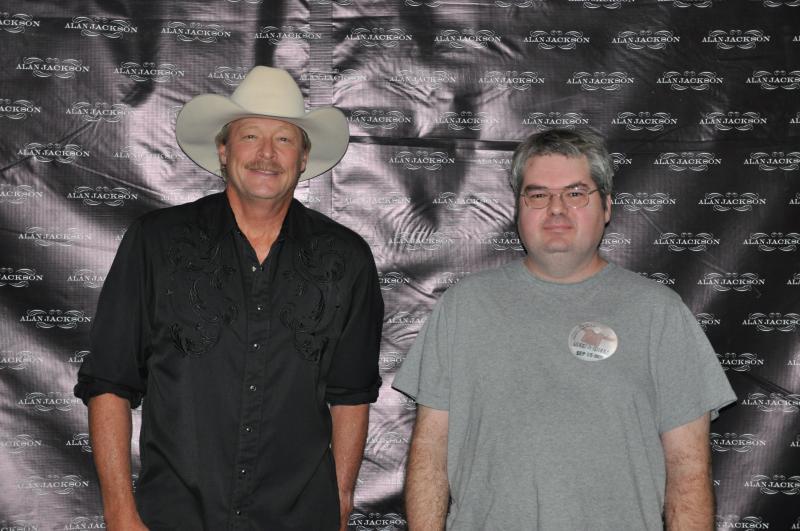
The first 8 years on earth were spent growing up in Fort Worth, Texas watching reruns of Star Trek on TV. This was with Captain Kirk and especially Spock. Spock was my favorite character. That is where I learned space was a thing. In the city like a lot of people I ignored the sky and since my bed time was 9pm I rarely saw it except when it was winter and then it was cold. Because of the latitude the sun would set at about 8pm sometimes in the summer. I don’t remember when but some time in school I began learning about astronomy from books in the library and the science text books in elementary school also had an astronomy section in chapter 12. Usually Chapter 12 was read the first day of school. I was bad at most subjects in school. There was one instance I remember because my science teacher accused me of cheating on a science test. Well it was an astronomy test. My previous grades were so awful that she had good reason to think I cheated when I suddenly got an ‘A’ on a test. I believe this was in the late 1980’s and it was 5th grade or so. Well after the 8 years in Fort Worth. I believe this was in Bridgeport, Texas. Even then I was looking at the sky at night. The lights were much less invasive there. I could see the milky way back then and that was a new experience. I couldn’t get a telescope then but my aunt did buy me a $10 telescope. It was ok for the moon.
Much later in life around 2019 I bought a telescope, a Nexstar 6se. Looking through the eyepiece was ok. This was in Norman, Oklahoma. A lot of light pollution. I moved up there to go to OU, but that was for Meteorology. Actually my first astro image was taken at OU of the Orion constellation. It didn’t come out too well, wrong equipment. So I got kicked out there, and so I went toward astronomy, but that’s just a side story. I was kicked out of OU in 2009. Anyway, in about 2019 I started researching astrophotography and I found I could use a DSLR and connected the camera to the back of the Nexstar 6se and take pictures with some longer exposure. Tracking wasn’t very good. I needed tracking to be more consistent. So I learned about auto guiding.
I attached a guide camera and guide scope to the Nexstar 6se and I also bought a Celestron AVX mount which is a german equatorial mount. After polar alignment it would track pretty well and the auto guiding scope and camera would take care of correcting mistakes in tracking, hopefully. It actually worked pretty well, except the field seemed to be rotating in the image. This seems to be due to the focal reducer I was using. Getting backspacing right is essential. The manual doesn’t seem to know what that backspacing is. Using a DSLR with all the light pollusion was making processing and photographing pretty hard. I bought Pixinsight software for processing. After buying that it was all over for fighting the resistance to find another hobby. Pixinsight was the rabbit hole. After that I had to jump in full force. I researched more, and I was told to get a small refractor for imaging. I did that by buying a Sky watcher 72ED refractor. I used the DSLR for a while on that but the light pollution was still there. After even more research I found out about monochrome imaging with filters. OH BOY! At this point there’s no turning back. First I used that Skywatcher 72ED for imaging with a ZWO 183 mm Pro camera. I bought a filter wheel and began buying Astronomik narrowband filters one at a time. They are $200 each. Narrowband sure took care of the light pollution. The first test images were just amazing. I couldn’t believe it. That really made sure I was in the rabbit hole for sure.
Fast forward to 2020 and the pandemic started and I bought an Astrotech 115EDT and during that time I was still using the Skywatcher 72ED for pictures but after about 6 months I began testing the Astrotech 115EDT. I also bought an EQ6R Pro mount because the Celestron AVX wasn’t nearly powerful enough for the Astrotech. With all the gear on the Astrotech it weighs around 26lbs. I used that for while with the ZWO 183 mm Pro in Norman, Oklahoma but with stimulus money from the government it went right to a new camera, ZWO 294 mm Pro. Also in 2020 in Sept I moved to Chickasha, Oklahoma hoping for darker skies and work. My job in Norman, Oklahoma wasn’t getting any work. So I was on unemployment. I searched for a new job but then just ended up moving transferring to Chickasha as the same position as before. It’s much busier there. In November 2021 I bought a LX200 Meade 10″ EMC SCT for imaging the planets. It sucks with the focusing all sloppy. Also aligning it isn’t possible so the tracking is bad. As of this writing in December 2021 I’m working 6 days a week and imaging with the ZWO 294 mm Pro and mostly the Astrotech 115EDT. So my imaging has slowed to a crawl because the sky has to be clear, I have to be off, and the wind can’t be blowing all at the same time. That’s hard to get all in alignment.
On December 4th, 2021 I received a new telescope. This was an Apertura 60mm telescope so I can take pictures of larger objects in space. It turns out a lot of photographic targets are actually quite large. They are dim, but large. For example the Andromeda Galaxy is as big in our sky as 6 full moons wide, but we can’t see it because it’s dim.